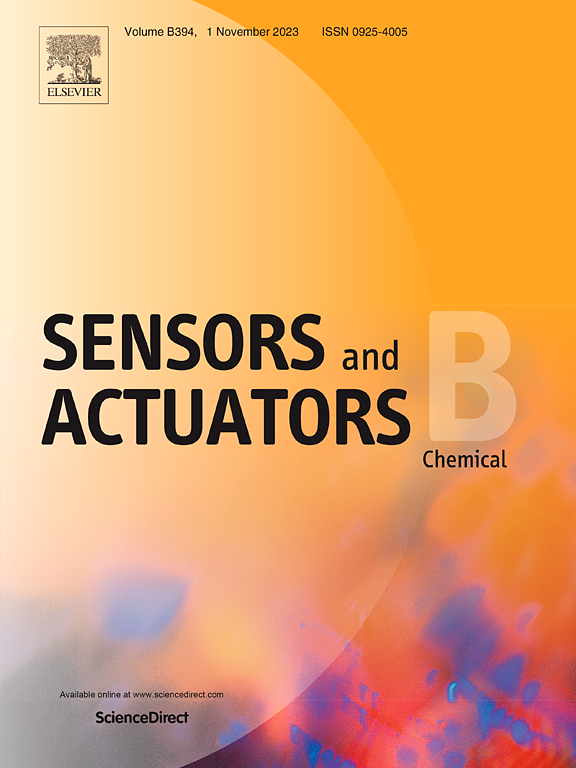Elastomeric Deformation-Assisted Nanochannel Fabrication using Electrospun Polymer Fibers for Micro/Nanofluidic System
IF 8
1区 化学
Q1 CHEMISTRY, ANALYTICAL
引用次数: 0
Abstract
In this study, we developed a novel, mass-producible, low-cost method for fabricating nanochannels by integrating electrospinning and elastomeric deformation techniques. Heat-treated electrospun polyvinylpyrrolidone (PVP) nanofibers form durable nanostructures that adhere to glass substrates. When this substrate is plasma-bonded to a polydimethylsiloxane (PDMS) block, the sandwiched nanofiber structures deform the PDMS along their edges, thereby creating nanochannels. The formation of these nanochannels was verified through both direct cross-sectional imaging and indirect observation of the nanofluidic phenomenon. The results showed that the nanochannel performance was influenced by the morphology and formation of the nanofibers, which could be easily controlled by adjusting the electrospinning time. Finally, we demonstrated continuous nanoparticle separation based on electrophoretic mobility, highlighting the potential of this technique for biological applications. The proposed method offers a simple and scalable alternative to conventional nanochannel fabrication methods, with enormous potential in micro/nanofluidic devices.

微/纳米流体系统中电纺聚合物纤维弹性变形辅助纳米通道的制备
在这项研究中,我们开发了一种新颖的、可批量生产的、低成本的方法,通过集成静电纺丝和弹性体变形技术来制造纳米通道。热处理的静电纺聚乙烯吡咯烷酮(PVP)纳米纤维形成持久的纳米结构,粘附在玻璃基板上。当这种底物与聚二甲基硅氧烷(PDMS)块等离子体结合时,夹在中间的纳米纤维结构会使PDMS沿其边缘变形,从而形成纳米通道。通过对纳米流体现象的直接横断面成像和间接观察,证实了这些纳米通道的形成。结果表明,纳米通道的性能受纳米纤维的形态和结构的影响,可以通过调整静电纺丝时间来控制。最后,我们展示了基于电泳迁移率的连续纳米颗粒分离,突出了该技术在生物应用方面的潜力。该方法为传统的纳米通道制造方法提供了一种简单且可扩展的替代方法,在微/纳米流体器件中具有巨大的潜力。
本文章由计算机程序翻译,如有差异,请以英文原文为准。
求助全文
约1分钟内获得全文
求助全文
来源期刊

Sensors and Actuators B: Chemical
工程技术-电化学
CiteScore
14.60
自引率
11.90%
发文量
1776
审稿时长
3.2 months
期刊介绍:
Sensors & Actuators, B: Chemical is an international journal focused on the research and development of chemical transducers. It covers chemical sensors and biosensors, chemical actuators, and analytical microsystems. The journal is interdisciplinary, aiming to publish original works showcasing substantial advancements beyond the current state of the art in these fields, with practical applicability to solving meaningful analytical problems. Review articles are accepted by invitation from an Editor of the journal.
 求助内容:
求助内容: 应助结果提醒方式:
应助结果提醒方式:


